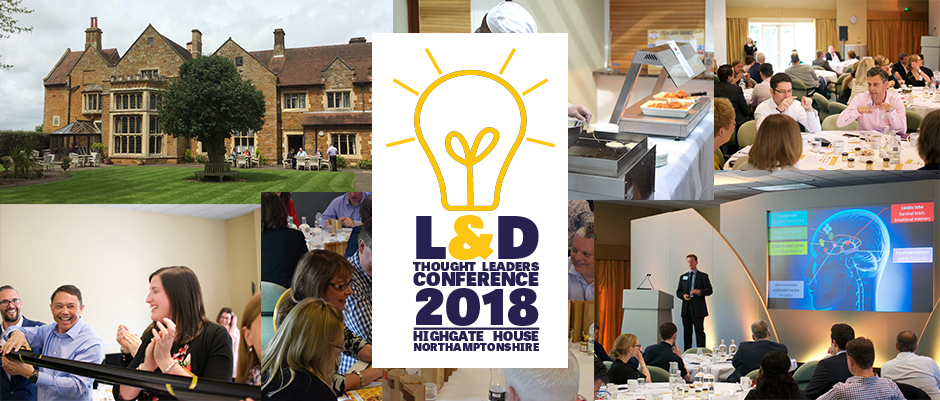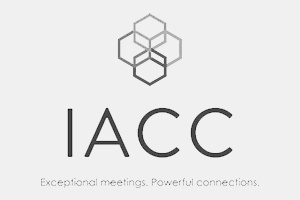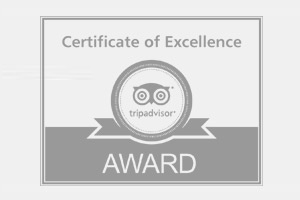Sundial Group’s annual Learning and Development Thought Leaders’ Conference was once again a huge success, with 100% of attendees saying they would recommend the event.
Over 90 L&D professionals gathered at Highgate House on Friday 8th June to network and learn from some inspirational thought leaders working in the industry.
Take a look at these exclusive Q&A's with our speakers...
Natalia Cohen - Losing Sight of Shore
Insights from Natalia’s life journey and record-breaking Pacific row to help delegates deal with change and entering the unknown. She shared practical tips and tools to help teams work more effectively together and allowed the audience as individuals to think about the way their minds work and help them gain new insights on how to shift mindset to look for the positive.
-1-139987-edited.jpg?width=4032&name=IMG_4562%20(2)-1-139987-edited.jpg)
What was your biggest learning in developing the team?
That the whole is greater than the sum of its parts. Collaboration and communication are key, as is trust and respect. An effective team is one that knows what strengths each member brings to the table and draws upon them.
Which of your self management/ team practices have you continued to use?
I will ask myself and others what their daily highlight has been, I use the performing enhancing strategies to shift my mindset when/if I need to, I always make an effort to celebrate small successes in my week/month. I very much continue to look for the positive in every situation and when I find myself doubting my capability I remind myself of the bench mark that I now have….I rowed the Pacific!!
Read our tips, inspired by Natalia, for healthy work relationships.
Steven Haggerty - Time
Time is the one thing that we have zero control over but 100% control of what we do with it. With the right mindset, awareness and attitude you can ensure that your time is spent doing what you truly love.

Is it right for us to always be so focussed/ dictated to by ‘Time’ - would we be more productive if we were less restrained / tethered by it?
Don’t focus on time itself, focus on what you are doing with your time. If we were focused on time itself, this is when you become anxious, burnt out and feel like a lack of moving forward. Because most people want things now.
Focusing on what you are doing with your time, such as streamlining your business processes, your strategy and most importantly the time you have with loved ones.
Someone said to me today “days off are for retirement”, I just replied No days off means you most likely won’t reach retirement. The whole concept of time is knowing we have control over what we do with it. So when you feel you are being dictated by it, perhaps what you are doing is not the best use of it.
I personally do not feel restrained or tethered by it, in fact the opposite. I know that what I choose to do with my day is my choice rather than thinking “I must email 100 companies today because I only have 3245 days left on this planet”
Don’t allow time to control you, focus on what you are doing with your time. Remove the things that aren’t serving you and you will see a difference and knock on effect in all aspects of your life.
Glenn Mead - Head space using psychological distance to make better decisions
Research into emotional management has shown how using ‘psychological distance’ can help individuals to reduce stress and anxiety, and to take more control of their lives. There are 4 elements to psychological distance: time, space, social involvement, and probability. These give rise to ways of reappraising situations and to devising a range of options for action. Better decisions lead to increased chances of success.
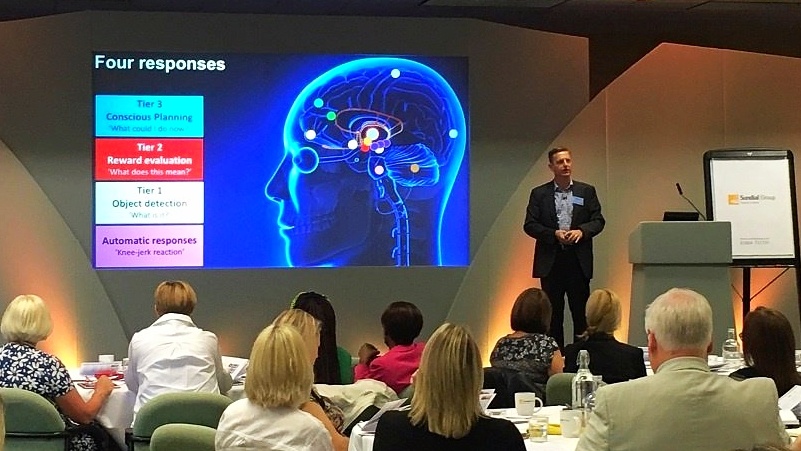
How do you deal with innovation, inclusion and mindfulness in your every day practice?
Mindfulness: meditate for 8 minutes minimum every day, preferably before you start your day. Ignore your mobile phone and social media and tell yourself that you can indeed live without it for 8 minutes.
Innovation: adopt an open, growth mindset that says it’s OK to fail and that great ideas seldom come forth from the first conception, but usually from a process of trial-and-error. Sometimes two failures combine to form something even better than the initial concept.
Inclusion: as above, adopt an open mindset that lets other people in. We’re all scared to fail and to be rejected by others - even if they don’t really reject us. Humility, openness and compassion are at the heart of inclusion. As within, so without: accept that you are a unique person but neither superhuman nor superior to others, and accept your own vulnerabilities. Being relaxed about yourself will transfer a sense of ease to others around you.
Lots of well known business leaders talk about how much they value 'gut feel' when making decisions. How do you rationalise that?
Intuition is learnt behaviour over several exposures to a situation, such that the processing of the incoming stimuli and its subsequent pattern matching by the brain is so rapid and accurate, that conscious awareness is not necessary. What becomes consciously noticed is a gut or ‘visceral’ reaction - a ‘gut feeling’ - that something is right or wrong. There is some evidence to suggest there is another nervous system that runs from the stomach to the brain stem, providing information literally from the gut.
theWholeStory - Engaging and authentic communication using storytelling
Do the messages shared at work inspire others? Are they remembered, believed and most importantly acted on? Good leadership means good communication. Whether implementing change, sharing difficult messages or focusing motivation, you need to find the right story and to tell it well.
Using storytelling gives you clarity, shares your values and beliefs and allows your audience to appreciate the purpose of your message. This session outlined the key components you can use from storytelling to explore your subject, choose the right story for your audience, structure a compelling message and share it successfully.
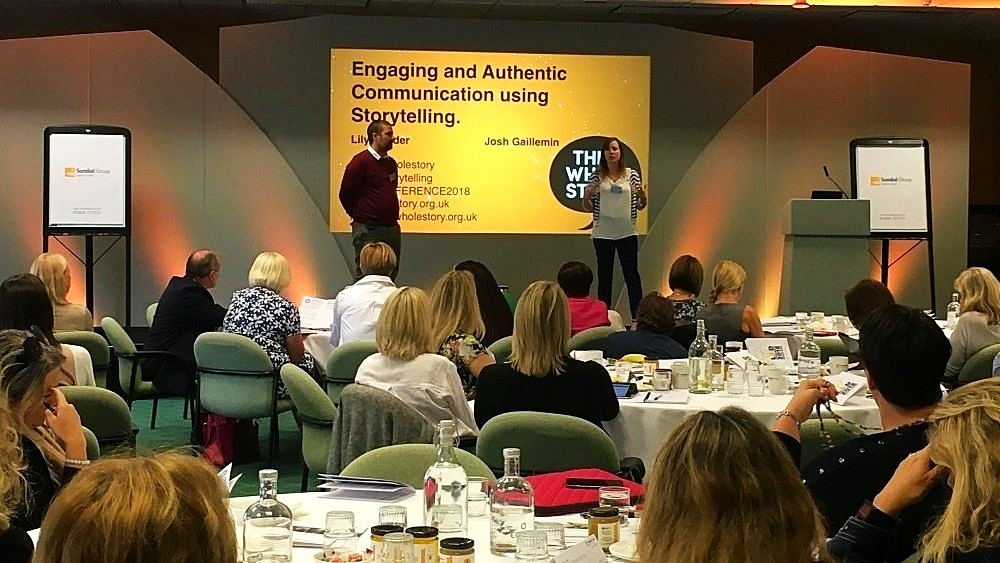
What’s the best way to come up with the right story to convey the right message?
Understand why you’re talking to this particular audience: what you want them to know, understand, question, feel… And off the back of that what do you want them to do? With that end goal as your guide, consider your subject and choose from it the story that suits them in this moment.
This isn’t necessarily the most exciting story, or the most far reaching, it’s the one that puts into context the information they require to motivate them.
The story is just putting together what people are doing, when and where, that will best explain, explore and prove what you want to share.
A lot of leaders don’t feel comfortable telling stories. What advice do you give them?
Stories don’t have to be a virtuoso performance (or any kind of performance). We often tell stories without realizing that we are: explaining a project, recounting a weekend activity, sharing a case study, giving our biog. People doing something in a particular space and time for a purpose. Build on from this, and try to find those key ingredients in the subject you need to communicate, they’ll give you the basis of the story.
I think there is a fear that ‘stories’ are making things up, that they are not rational, suggest visions that can’t be achieved or take audiences/employees on an emotional journey with no purpose or obvious relevance. We help our participants use storytelling to create and deliver spoken communication (or to better understand and develop whatever is taking place within their organization) so that it is clearer, more easily connected with, so that relationships and dialogue are encouraged, so that all involved feel involved and can take an active role in the ‘story’, so that facts and data have a context and act as evidence to support an argument or give a rational and so that whatever is said it done for a purpose.
Hannah Jackson - The Human Givens a new approach to mental health at work
The Human Givens theory suggests we are all born with innate knowledge that we experience as physical and emotional needs. When these needs are met and in balance we experience emotional health and wellbeing. In this session we outlined how these needs are relevant both personally and professionally and how they can impact performance and productivity.

What makes the human givens approach different?
The human givens approach is not reliant on one ‘model’ of therapy, the approach is fluid and flexible, making use of whatever techniques and approaches will best suit the particular client but all within the guiding framework of helping clients meet missing emotional needs and use innate mental resources in the healthiest ways possible. The success of this fluidity of approach is evidenced by research findings that show it helps an unprecedented three out of four clients achieve significant improvement or cure usually in between one and six sessions.
Do all 9 emotional needs have to be met all of the time to be happy?
If you can get your emotional/human needs met and in balance and you are using your innate resources in a healthy way then it is difficult to be unhappy. Of course there will be times when the balance changes and this is why I check in regularly with the needs and adjust accordingly by setting small goals to make sure they are being satisfied.

